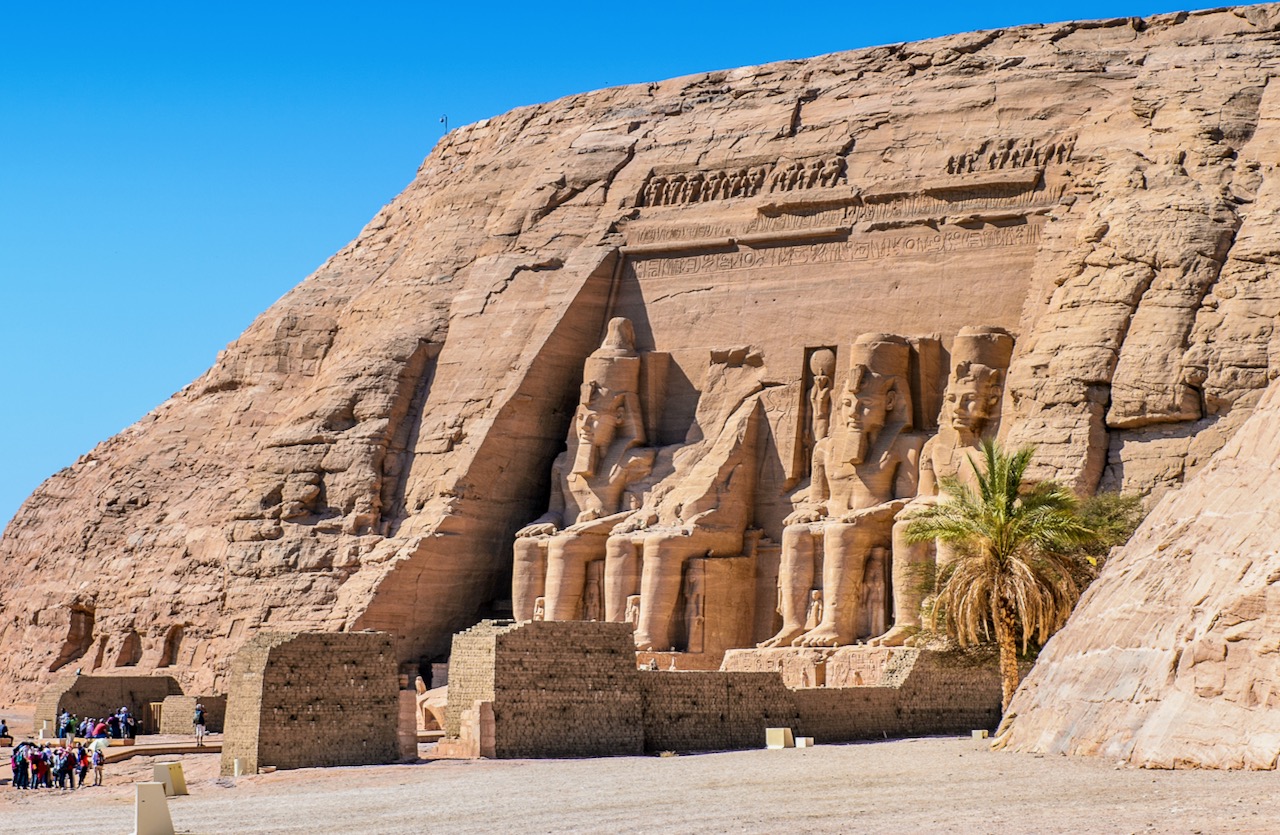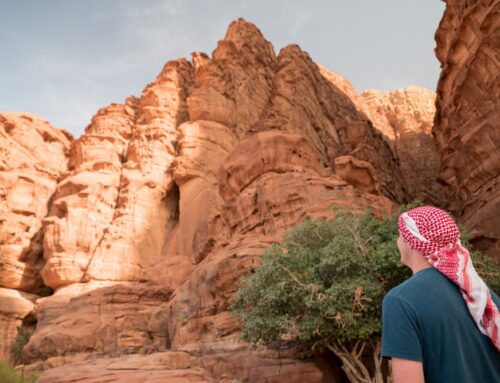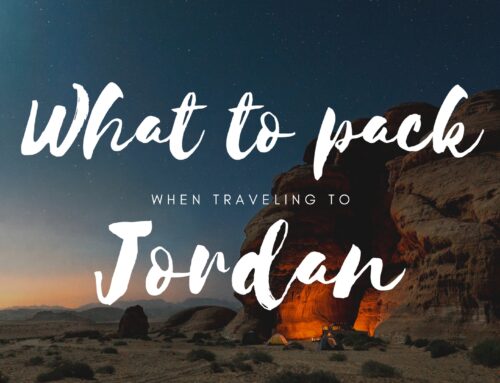UNESCO World Heritage Sites abound in the Middle East and North Africa. And understandably so – the region’s history of human civilization is among the oldest on record. But what makes UNESCO World Heritage Sites unique? And perhaps more importantly, why should you give these sites extra attention as you consider traveling to the Middle East and North Africa?
In this article, I will discuss the value of UNESCO’s sites as they relate to you as a traveler. Then in future articles, we’ll give an overview of the sites in our destination countries – Jordan, Tunisia, Egypt, and Israel & Palestine.
UNESCO and Outstanding Universal Value
As defined by UNESCO, World Heritage Sites have “outstanding universal value.” But what is meant by value? Many people think of UNESCO sites as well-preserved ruins. Although that may be part of the equation, it’s much more than that. At their core, UNESCO World Heritage sites are places of great significance. The sites you visit today point to a dramatic story from the past.
History, Human Culture, and the Natural World
This value could be a narrative of human culture and history – think Carthage, Petra, or the Pyramids. Or it could be a tale of how the natural world has developed over the centuries, such as Wadi Rum (Jordan) or Lake Ishkeul (Tunisia). The stories of these sites can shape and stretch your perspective of the world. Therein lies the ultimate value for travelers, and why the sites are worth visiting.
UNESCO World Heritage Sites – A Starting Point For Planning
So what does this mean in terms of planning your itinerary to a Middle East or North Africa destination? It certainly does not mean you must visit every World Heritage Site in your chosen destination. Rather, the sites are a great starting point for understanding what a destination offers.
Some sites are bucket list items, such as the Pyramids or Petra. But many sites are of special interest, such as Umm Ar-Rasas in Jordan (known for Roman mosaics), Dougga (a Roman North African site in northern Tunisia), and the Bahai holy places in Israel. Once you decide what will be on your list of must-see places, they can provide a good outline for the rest of your itinerary.
Discovering the Middle East and North Africa
As you consider travels to the Middle East or North Africa, I hope the value of UNESCO World Heritage Sites can be helpful in your planning and, ultimately, discovery of the region. For an overview of the sites in each of our destinations, check back for future blog posts.







